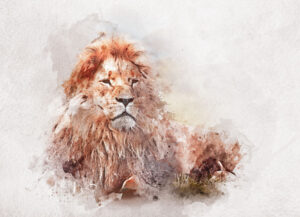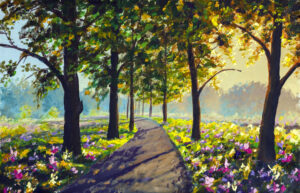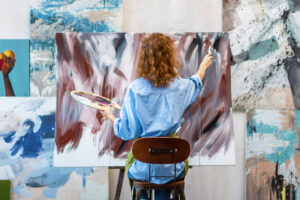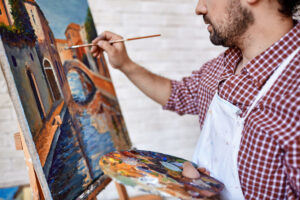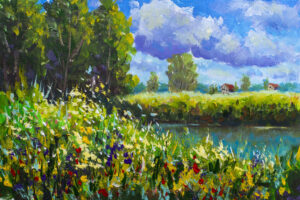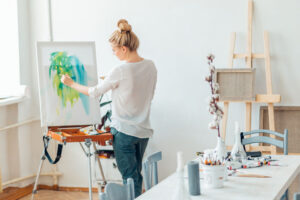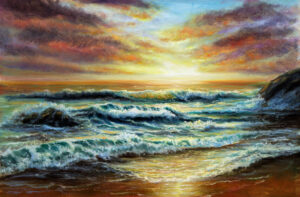Whether you’re painting a nature scene with graceful animals or a portrait of someone you love, you will need to know how to paint hair and/or fur. This can be tricky for beginners due to the details and nuance that hair and fur requires. That’s why we’ve put together our top 3 tips to help you master painting hair and fur.
Start with big, simple shapes
Many beginners struggle to paint hair and fur because they get caught up in all the tiny details. While details are certainly important, it will be easier for you to start with big, simple shapes. Then, once you have the general appearance settled, you can focus on the finer details. Just as with anything, a good foundation needs to be set before you even begin to think about the details.
Remember the underlying structure of the body
Hair and fur are always attached to a body, and yet many beginner painters seem to treat it as separate entities. As a result, the hair and fur appear to be floating around the body rather than being a part of it. As such, you need to focus on the underlying structure of the body that the hair/fur is on for it to appear truly realistic.
Use highlights and accents accordingly
Highlights and accents can help make hair and fur truly come alive. If you apply them carefully, then it can add movement and character. And remember, with highlights and accents, it’s always about contrast.
No artist learns on their own. That’s why we at Creative Ventures Gallery offers a wide variety of classes and workshops for you to choose from. Contact us today to learn more!

